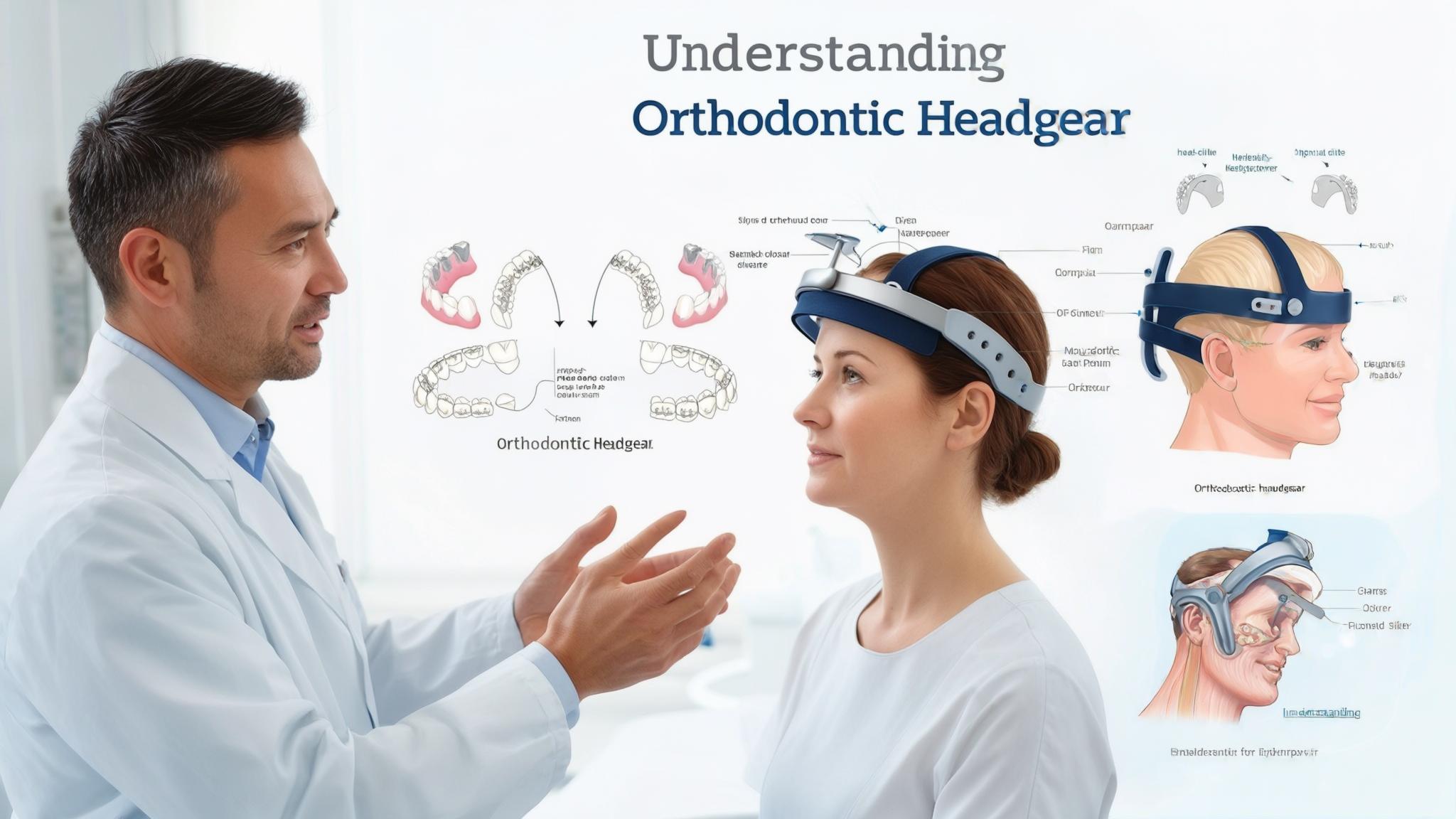Orthodontics: Orthodontic Headgear: What Is It and Why Use It?
I. Introduction
Orthodontics is a specialized field of dentistry that focuses on correcting irregularities in teeth and jaws. You might be familiar with braces, but orthodontic headgear is another important tool that orthodontists use to achieve desired dental outcomes. Understanding headgear is crucial in modern orthodontics as it plays a vital role in correcting complex dental issues that braces alone might not solve.
II. What is Orthodontic Headgear?
Orthodontic headgear is a device used to guide the growth of the face and jaw and to correct bite discrepancies. There are several types of headgear, each designed for specific orthodontic needs:
- Cervical pull headgear: This type is used to correct overbites by pulling the upper jaw backward.
- High-pull headgear: Similar to cervical pull, but it applies force in a different direction to control the growth of the upper jaw.
- Reverse pull headgear (facemask): Used to correct underbites by encouraging forward growth of the upper jaw.
- Combination headgear: Utilizes elements of both cervical and high-pull headgears.
Components of headgear include:
- Facebow: A metal piece that fits inside the mouth and attaches to the braces.
- Headcap: Worn around the back of the head to provide anchorage.
- Chin strap: Sometimes used with reverse pull headgear to apply additional force.
- Other attachments: Depending on the type, additional straps or elastic bands may be used.
III. Purpose of Orthodontic Headgear
Orthodontic headgear serves several purposes:
-
Correction of bite issues:
- Overbite: Where the upper teeth extend too far over the lower teeth.
- Underbite: Where the lower teeth protrude past the upper teeth.
- Crossbite: Where upper and lower teeth do not align properly.
-
Space management:
- Creating space for erupting teeth: Ensures teeth have enough room to grow in properly.
- Preventing tooth extraction: By managing space efficiently, it can eliminate the need for removing teeth.
-
Jaw alignment:
- Guiding jaw growth: Helps in aligning the jaws correctly as they grow.
- Improving facial aesthetics: Achieves a balanced facial profile.
IV. When is Orthodontic Headgear Used?
Orthodontic headgear is ideal for patients with specific dental conditions that require more than just braces. It is most effective in children and adolescents because their jaws are still growing, allowing for easier manipulation. The best age for applying headgear is usually between 8 and 14 years, as it can significantly impact growth and development. Conditions that warrant headgear use include severe overbites, underbites, and certain jaw growth discrepancies.
V. How Orthodontic Headgear Works
Orthodontic headgear works by applying gentle pressure to the teeth and jaws, encouraging them to move into proper alignment over time. Typically, patients need to wear headgear for about 12 to 14 hours a day. The duration of treatment varies depending on the severity of the condition but usually lasts from several months to a few years.
VI. Benefits of Orthodontic Headgear
Headgear is highly effective for treating complex orthodontic issues that are not easily resolved with braces alone. It is a non-invasive alternative to surgical options, providing long-term results and significant improvements in dental health and facial aesthetics.
VII. Challenges and Considerations
While headgear is beneficial, it requires patient compliance. Wearing it for the recommended hours can be challenging, especially for children. There may be an adjustment period involving discomfort and aesthetic concerns, as well as potential social implications. Maintaining oral hygiene can also be more challenging with headgear, requiring diligent care.
VIII. Alternatives to Orthodontic Headgear
Modern orthodontics offers alternatives such as:
- Clear aligners: Removable and less noticeable.
- Self-ligating braces: Require fewer adjustments.
- Temporary Anchorage Devices (TADs): Provide additional anchorage without the need for headgear.
Each alternative has its benefits and limitations compared to headgear, and the choice depends on individual needs.
IX. Conclusion
Orthodontic headgear remains a crucial tool in achieving optimal dental health and aesthetics. It plays a significant role in contemporary orthodontics by offering effective solutions for complex problems. If you're considering orthodontic treatment, consulting with an orthodontist will help you explore the best options tailored to your needs.
X. References
For more detailed information, consider exploring academic articles, textbooks, and reputable online sources related to orthodontic headgear and orthodontics in general.

